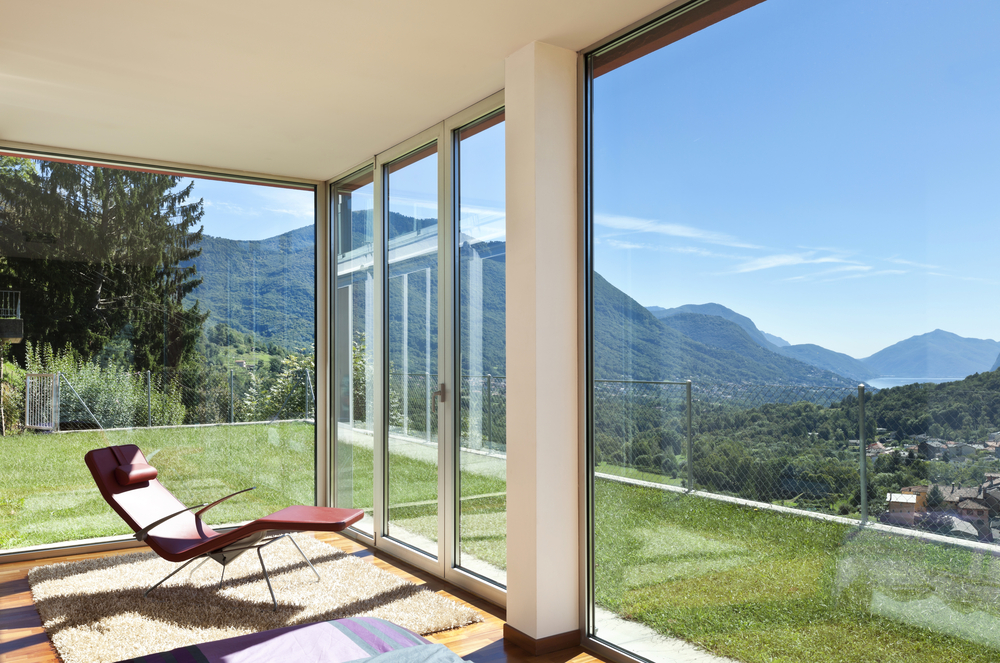Low-E Glass: What It Is and Why Your Home Needs It

Low-emissivity (Low-E) glass has become an essential element in modern energy-efficient homes. This technology is designed with a microscopically thin, transparent coating that reflects infrared (heat) energy back into your home, keeping it warmer in the winter. In the summer, it helps block the sun’s heat from entering, allowing your home to stay cooler. Low-E glass doesn’t hinder natural light from coming in, which means you still get the brightness you desire without the negative heat effects.
The Science Behind Low-E Glass
Low-E glass works by utilizing coatings of metal or metallic oxide layers that are applied to the glass surface. These layers are so thin that they’re virtually invisible, but highly effective at reflecting long-wave infrared energy (heat). These coatings can vary, typically categorized as soft-coat or hard-coat Low-E.
- Hard-coat Low-E: Applied during the glass manufacturing process when the glass is still molten. It is durable and typically less expensive but may allow more UV rays to pass through.
- Soft-coat Low-E: Applied after the glass is formed, offering a higher level of efficiency in blocking heat but can be more delicate and typically requires installation in double or triple-pane windows for protection.
The Benefits of Low-E Glass
- Energy Efficiency: By keeping heat inside in winter and reflecting it outside in summer, Low-E windows reduce the need for heating and air conditioning, lowering energy bills.
- UV Protection: Low-E coatings block a significant amount of UV rays, preventing damage to furniture, flooring, and artwork.
- Comfort: Homes with Low-E glass are more comfortable year-round due to better temperature regulation.
- Eco-Friendly: Lower energy consumption also means reducing your carbon footprint, making Low-E glass a sustainable choice.

Alternatives to Low-E Glass
While Low-E glass offers superior energy efficiency, there are other glass options available:
- Standard Double Pane: Traditional windows with two panes of glass provide better insulation than single-pane but don’t have the heat-reflecting benefits of Low-E coatings.
- Argon/Krypton Gas Fill: Some windows come with insulating gases between the panes. While this enhances energy efficiency, it lacks the reflective qualities of Low-E coatings.
- Tinted Glass: Some homeowners opt for tinted glass to block UV rays and reduce glare, though this can darken your home and doesn’t offer the same insulation benefits as Low-E glass.
Why You Should Choose Low-E Glass from ClearMax
At ClearMax, we specialize in windows that maximize energy savings without compromising aesthetics. Our selection of Low-E windows is designed to improve your home’s energy efficiency, reduce utility bills, and create a comfortable living environment year-round. Whether you’re building a new home or upgrading your existing windows, ClearMax’s Low-E glass options are a smart, sustainable investment.







